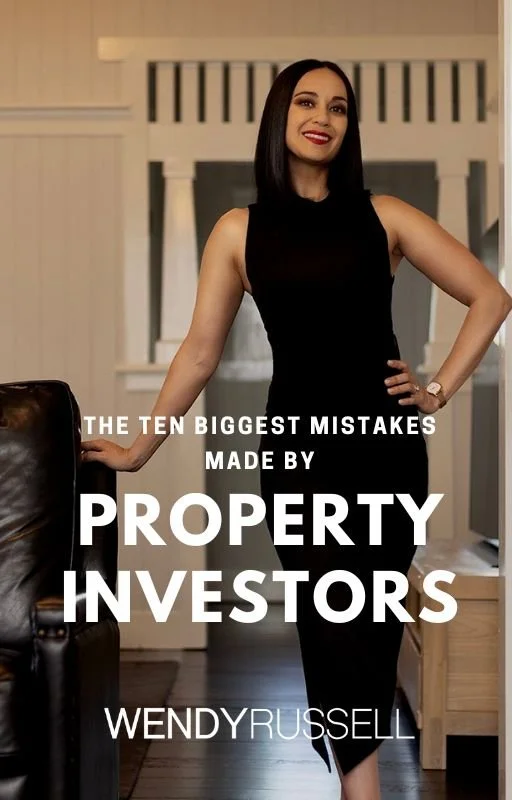What Is Unimproved Capital Value or UCV?
What is UCV and why is it so important when we assess property? Particularly that of property we are deciding to invest in.
Performing thorough Due Diligence on a property is something ALL buyers should do before they commit to a purchase, but it’s often this step is skipped, especially in novice buyers who probably don’t even know what to do, or even look for when it comes to property Due Diligence.
What is Due Diligence — when it come to property?
Let me explain in simple terms.
In essence, undertaking what we refer to as Due Diligence is the process of investigating or “looking into” certain aspects of a property, before committing to buy it.
It is a process by which a Buyer performs searches, checks the accuracy of information provided by the selling agent, and in general, investigates the property at hand, following which an opinion can be formed as to whether the property is suitable (for the buyer) to Buy.
Essentially, you are putting a property under the microscope, and “picking it to bits”, as I like to say, BEFORE you make a buying decision.
You are playing the role of investigator and finding out as much information about this property so your decision to buy is an informed one.
For now, let’s look at one of the most critical pieces of information you should look into when buying a property – it’s UCV, or Unimproved Capital Value.
WHAT IS A PROPERTY’S UNIMPROVED CAPITAL VALUE OR UCV?
The Unimproved Capital Value, or UCV as abbreviated, is the figure that is assigned to the value of JUST the land ALONE, without the dwelling (house or building) on it.
Where can I find the UCV for a property?
The UCV figure can be located on the rates notice for the property, and it is typically the valuation amount used to determine the council rates amount.
But when it comes to property Due Diligence, and interpreting this figure further, here’s what I like to consider…
Firstly, I like to look for properties where the UCV is relatively HIGH in comparison to the OVERALL estimated value or worth of the whole property combined (house and the land together).
UCV Working Example.
As a simple example, if the UCV is $400,000 and the estimated property value (the house and land combined) is around $550,000, this means, in theory, you are buying the house itself (or the building / dwelling) for $150,000.
Going one step further, a good property purchase is one where you are buying BELOW what we call INTRINSIC VALUE (or replacement cost) for the property. That is, the cost to replace the building should it be destroyed.
This means that the amount you pay for the property is LESS than what it would cost to replace or rebuild the dwelling on the land.
Let me explain using another example.
Under the previous working scenario above, let’s say you purchase a property for $550,000 — and the UCV (land value) is $400,000.
To replace the house or to build new, the cost of the new dwelling could be between $300,000 and $350,000, so you have effectively purchased the property for below replacement cost.
The reason I like to see the UCV high in comparison to the overall purchase price of the property, is that the land component APPRECIATES, whilst the house component DEPRECIATES.
Effectively, a higher portion of your investment (the land component) is appreciating, whilst the lower component (the house or dwelling) is depreciating.
Capital growth in action.
If you’re an investor, this is the idea scenario as it’s the Land that goes up in value over time.
This is where you see the magic of capital growth in action, and if you’ve bought in an area where the UCV of the property is proportionately higher than the overall purchase price of the property, you’ll likely see an outperformance in capital growth for this particular property …
Whereas if you were to buy a property where the UCV was proportionately LOWER, the capital growth will likely be less.
Can you see why the UCV is so important when we’re putting a property under the spotlight?
You could argue it is a good signpost when it comes to assessing the potential for capital growth.
There are, of course, several other factors that come into play when it comes to capital growth, but this is a good place to start if you’re investing in property and looking for strong capital gains.





